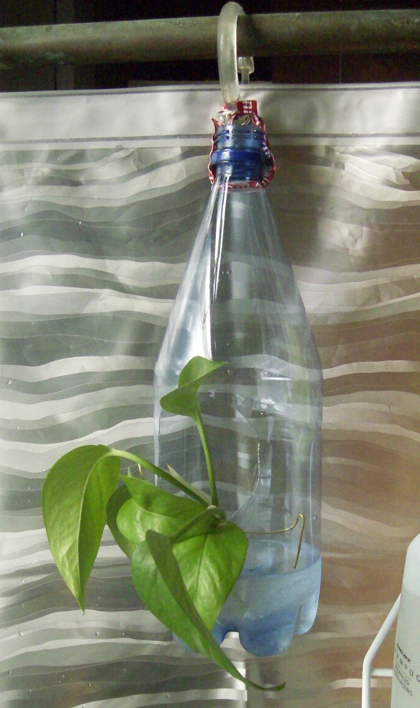Once upon a time, Altoids brand peppermints were strong. That ended when the brand was bought by Wrigley. In 2006, Wrigley closed the old Altoid manufacturing plant in Wales, and began producing the candy in the United States. They first adulterated it with artificial flavor; when they removed the artificial flavor, they reduced the amount of peppermint oil until Altoids tasted bland and boring. So I stopped buying Altoids.
But I still miss the old Altoids: when you were preaching (or singing) for an extended period and needed to soothe your throat, the old Altoids had enough peppermint to do the trick. So I decided to try an experiment: I would buy some Altoids and add peppermint extract to them to try to recreate the old strong peppermint flavor.
I purchased a tin of Altoids for 2.99, and a one ounce bottle of peppermint extract (alcohol 89%, peppermint oil, and water) for 5.99. Altoids have a rough side and a smooth side, and I found the rough side absorbs peppermint extract more easily, so I laid out the Altoids rough side up on a dinner plate. I then dropped peppermint extract on them one drop at a time, starting at one side of the plate and working across to the other side, allowing each drop to soak in before starting the process again. After about seven or eight drops, each mint looked like it had absorbed about all it could hold. I turned them over, and added additional drops to those mints which still looked dry. Then I let them dry.
When I was done, Carol and I each tried one. Carol said: “Not as strong as the old Altoids.” I agreed. She crunched hers up, and then said, “But you can feel it in the back of your throat.” And she was right.
Verdict: The fortified Altoids were much better than un-fortified Altoids, but still not as good as the old ones.
Total cost: 2.99 + 1.50 (a quarter of a bottle or peppermint extract) = $4.49; plus 15 minutes. Probably not worth it.
Next steps: Try essential oil of peppermint instead of peppermint extract.

